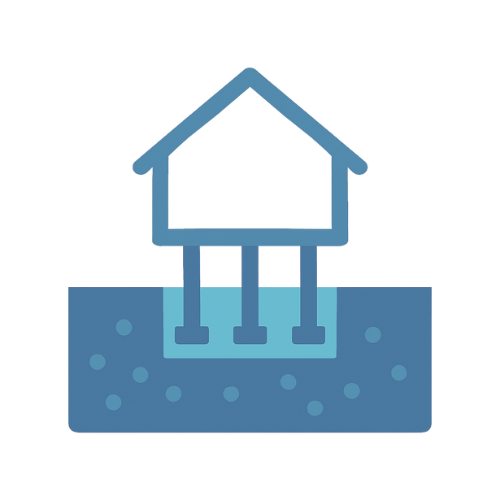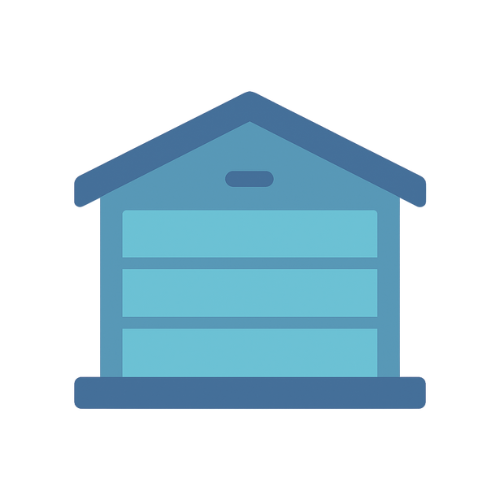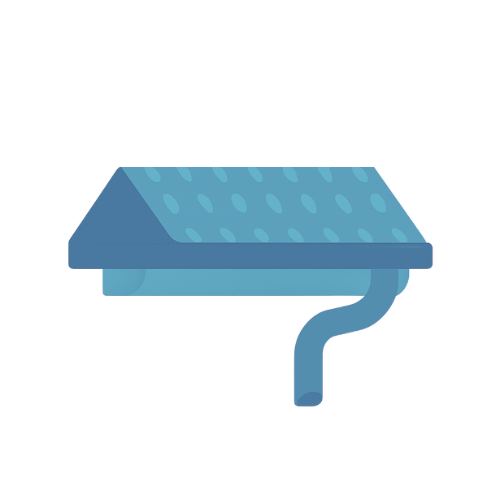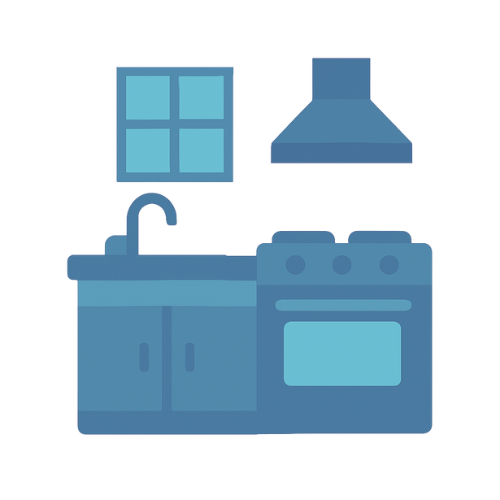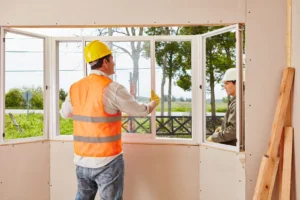Cabinet Installation
Installing new kitchen cabinets is often the best route when you're undertaking a full kitchen remodel or when the existing cabinets are damaged beyond repair. This process begins with the complete removal of your current cabinetry, giving you a blank slate to reimagine your kitchen’s layout, storage capacity, and style. It allows for total customization—whether that means choosing modern, minimalist flat-panel doors, classic shaker styles, or custom-built solutions tailored to awkward spaces or unique storage needs. You also have control over materials, finishes, hardware, and interior configurations, which means the end result can align perfectly with both your aesthetic preferences and day-to-day functionality. While cabinet installation is typically the most expensive cabinet remodeling option, it also provides the greatest long-term value by enhancing both the appearance and efficiency of your kitchen. For homeowners seeking a true transformation, rather than just a facelift, full cabinet installation offers unmatched flexibility and the opportunity to craft a kitchen that feels entirely new.
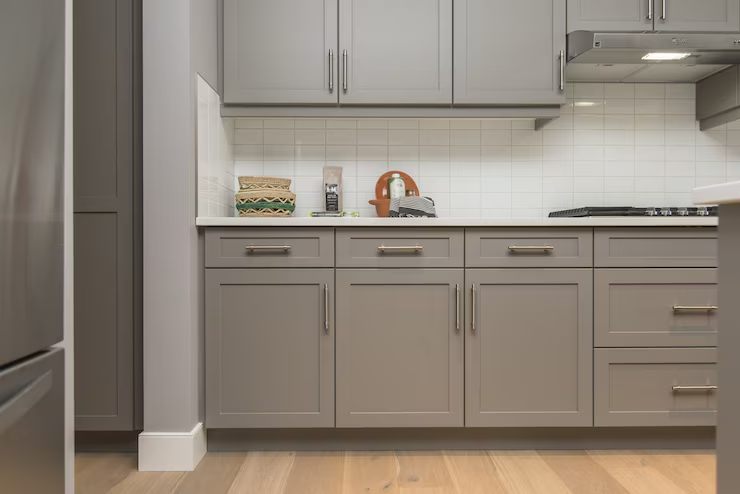
Frequently Asked Questions
How do I decide between open shelving and traditional cabinets? +
Can I mix different cabinet styles or colors in the same kitchen? +
Cabinet Refacing
Cabinet refacing is a smart, budget-friendly option for homeowners who want to refresh the look of their kitchen without undergoing a full renovation. Rather than tearing out the entire cabinet structure, refacing focuses on updating the visible, exterior components—typically replacing the cabinet doors, drawer fronts, and hardware, while leaving the existing cabinet boxes (also called carcasses) in place. A matching veneer or laminate is applied to the cabinet frames to ensure a seamless, updated appearance that ties everything together.
This method is ideal when the underlying cabinet framework is still solid and functional, but the outer surfaces appear dated, worn, or simply out of step with your current design tastes. Refacing offers a wide variety of style and finish options, from classic woodgrains to sleek modern laminates, making it a flexible way to dramatically change the look of your kitchen at a fraction of the cost of full replacement.
Not only does cabinet refacing save money, but it also reduces construction time and household disruption—most projects can be completed in just a few days. It’s also an environmentally conscious choice, as it reduces waste by reusing existing materials. If you’re happy with your kitchen’s layout and your cabinets are structurally sound, refacing may be the perfect middle ground between a quick cosmetic update and a costly full remodel.
Cabinet Replacement
Full cabinet replacement is often the best solution when your existing cabinets are damaged, deteriorating, or simply no longer meet your functional needs. Over time, cabinets can suffer from moisture damage, warping, broken frames, or outdated configurations that limit usability. In such cases, replacing them entirely is not only necessary—it also presents a valuable opportunity to completely reimagine your kitchen space.
Unlike refacing, which maintains the existing layout, full cabinet replacement allows for total design freedom. You can change the placement of cabinets to improve traffic flow, optimize storage, or accommodate new appliances. Custom or semi-custom cabinetry also gives you the flexibility to integrate modern features such as soft-close hinges, deep drawers for pots and pans, pull-out pantry units, built-in spice racks, or under-cabinet lighting. These enhancements can make a significant difference in the efficiency and enjoyment of your kitchen.
While full replacement is the most expensive option among cabinet remodeling choices, it offers the highest level of personalization and long-term value. Whether you're planning a major layout overhaul or building your dream kitchen from scratch, cabinet replacement allows you to create a cohesive, functional, and beautiful space tailored exactly to your lifestyle and preferences.
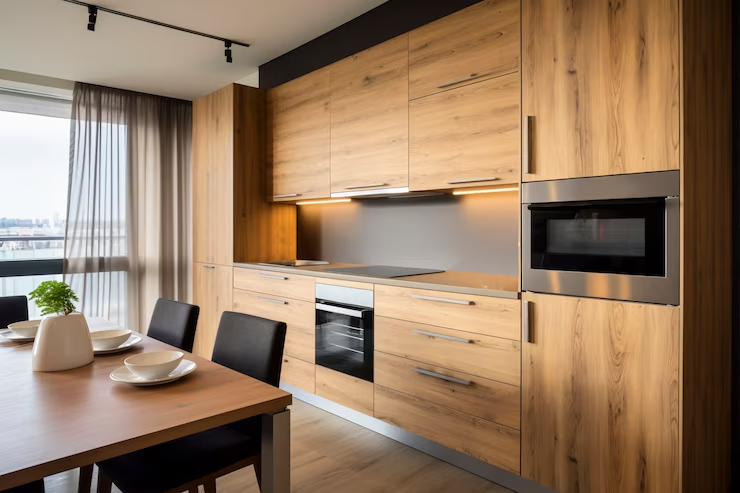
Frequently Asked Questions
How can I make my existing cabinets more functional without replacing them? +
What cabinet materials are best for humid or high-traffic kitchens? +
How to Select New Kitchen Cabinets
Kitchen cabinets play a major role in shaping the overall look of your kitchen. It’s important to pick a style and material that harmonizes with other design elements in your home, like your countertops and nearby furniture.
Beyond materials, cabinets generally fall into three main categories, each with different price ranges:
-
Stock Cabinets
-
Semi-Custom Cabinets
-
Custom Cabinets
Stock cabinets are the most affordable option and are typically found at home improvement stores. They come in standard sizes, styles, and colors, which might limit your choices compared to custom cabinets. However, since these are pre-manufactured, they’re often a quick solution, especially if you’re replacing cabinets with similar dimensions and styles.
Semi-custom cabinets offer more flexibility and are often seen in higher-end housing developments built by major homebuilders like Lennar or D.R. Horton. These cabinets are made to order with a range of sizes, styles, finishes, and hardware options. They tend to have better craftsmanship and higher quality than stock cabinets.
Custom cabinets provide the greatest freedom in design, materials, and features—but they’re also the most expensive. Built entirely to your specifications by expert craftsmen, custom cabinets can use a wide variety of wood species, construction techniques, and accessories to perfectly fit your vision.
There’s also a fourth category known as ready-to-assemble (RTA) cabinets. These come at a lower cost than stock cabinets but are delivered flat-packed and require professional skill to assemble and install properly.
When selecting cabinets, it’s helpful to be familiar with common woods used in cabinet making, such as cherry, oak, alder, hickory, maple, pine, walnut, and birch. Each wood species has its own distinct grain and color. More affordable alternatives include materials like laminates, thermofoil, veneers, and medium-density fiberboard (MDF).
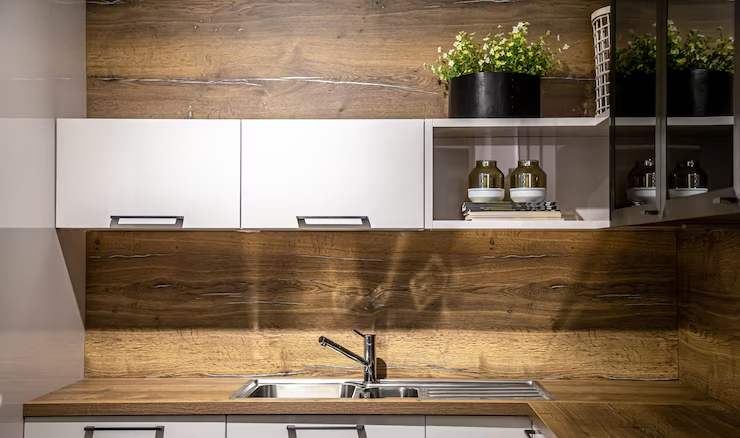
Frequently Asked Questions
Is it possible to install new cabinets in stages or sections? +
How do cabinet upgrades affect home resale value? +
Different Kitchen Cabinet Styles
Once you’ve decided on the type of cabinet that fits your budget and selected the wood species and color, the next step is to pick a cabinet style that reflects your personal taste and complements your home’s decor.
Kitchen cabinets come in a wide variety of styles. While there are countless options available, it’s important to choose a style that suits the architecture of your home—for example, rustic cabinets might look out of place in a sleek, modern setting.
Cabinet boxes, or frames, are typically constructed in one of two ways: framed or frameless (also called European style). Framed cabinets, common in the U.S., have a face frame attached to the front of the cabinet box, with hinges mounted inside this frame, giving a classic, traditional look. Frameless cabinets, on the other hand, lack a front frame and feature door hinges attached directly to the sides of the cabinet box, resulting in a cleaner, more contemporary appearance.
However, it’s the style of the cabinet doors that really defines the overall look. Here are five popular door styles to consider, though there are many more to explore at showrooms or with a professional:
- Shaker: Known for its simple, timeless design, shaker doors have a flat, recessed center panel framed by four straight edges, fitting well with many interior styles.
- Flat-Panel or Recessed: These doors feature a flat, often plain center panel surrounded by a decorative edge that adds subtle detail and sophistication. Some have intricate millwork designs.
- Raised Panel: Featuring a center panel that is raised and often bordered by grooves or molding, these doors create a multi-dimensional effect. The raised panel shapes can vary—square, arched, or cathedral—and suit a wide range of home styles.
- Slab: Slab doors are flat, solid pieces without frames or panels, giving a smooth, minimalist look. They’re popular in modern and contemporary kitchens.
- Mullion: These doors include horizontal and vertical moldings that divide the door into smaller sections, often with glass inserts, making them perfect for displaying dishware or decorative items.
Cabinet doors are also constructed using different overlay methods:
- Full Overlay: Doors cover nearly the entire cabinet frame, leaving minimal gaps and creating a seamless, continuous look.
- Partial Overlay: A standard style where more of the cabinet’s face frame is visible between doors.
- Inset: Doors fit flush within the cabinet frame, sitting inside the opening. This classic, less common style requires precise construction with stops inside the cabinet box.
With such a vast array of styles and construction methods, choosing the right cabinet doors can feel overwhelming. Working with experienced cabinet designers or contractors can help you navigate your options and find the perfect fit for your kitchen.
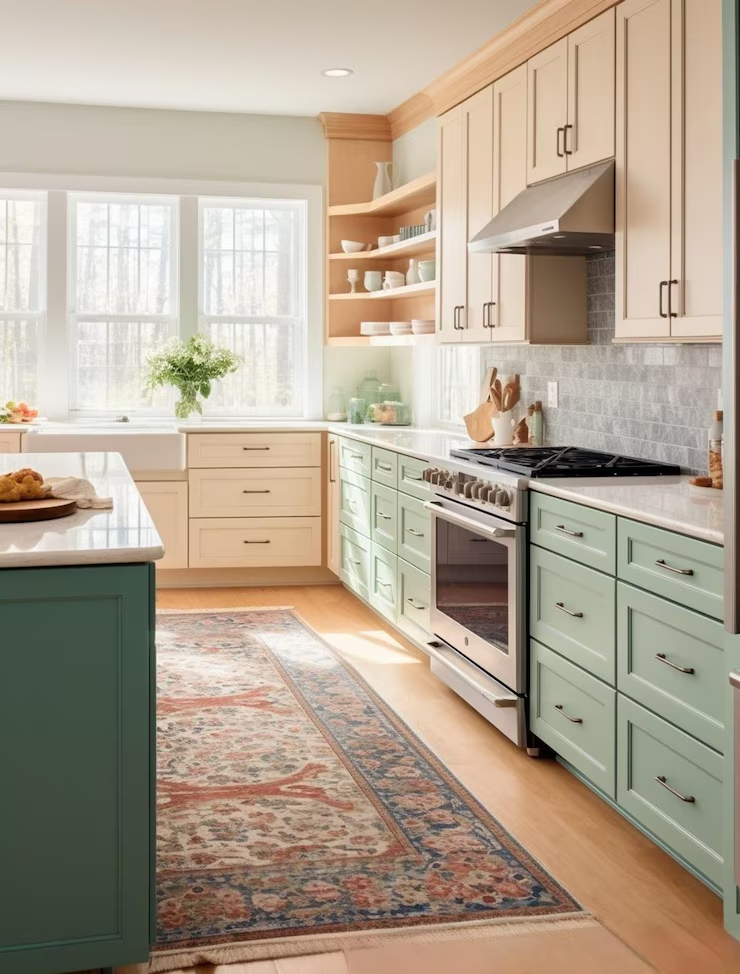
Frequently Asked Questions
Are eco-friendly or sustainable cabinet options available? +
What lighting options work well inside or under cabinets? +
Maintenance and Longevity
To ensure your kitchen cabinets remain beautiful and functional for years to come, proper care and maintenance are essential. Even the highest-quality cabinetry can wear down over time if neglected, so following a few simple practices can greatly extend their lifespan.
Regular Cleaning
Keeping your cabinets clean is one of the easiest and most effective ways to preserve their appearance. Wipe down surfaces regularly with a soft cloth and a mild, non-abrasive cleaner that’s appropriate for the cabinet material—whether it’s wood, laminate, or painted surfaces. Avoid harsh chemicals or scrubbing pads, as these can damage the finish. Don’t forget to clean around handles, edges, and corners where grease and grime tend to accumulate.
Avoid Excess Moisture
Moisture is one of the biggest enemies of cabinetry. Prolonged exposure to water or steam can cause wood to swell, warp, or delaminate, especially at joints and seams. Be sure to wipe up spills immediately and use exhaust fans when cooking to reduce humidity. Avoid hanging wet towels or dishcloths over cabinet doors, as this traps moisture against the surface.
Inspect and Maintain Hardware
Cabinet hardware—like handles, hinges, and drawer slides—can loosen over time with daily use. Periodically check all hardware components and tighten any loose screws. Lubricate drawer tracks and hinges as needed to maintain smooth operation. Replacing worn or outdated hardware can also be an easy way to refresh your kitchen's look without a full remodel.
By following these basic maintenance steps, you can protect your investment and enjoy a kitchen that remains both functional and visually appealing for decades to come.
Choosing the Right Contractor
Selecting the right contractor is crucial to a successful kitchen cabinet project. Start by researching professionals with strong reviews, verified credentials, and proper licensing. Always request multiple quotes to compare pricing, scope of work, and included services—this helps you make an informed decision without overpaying. Most importantly, choose a contractor who communicates clearly and consistently. Discuss project timelines, materials, and expectations upfront to avoid misunderstandings and ensure a smooth renovation process.






